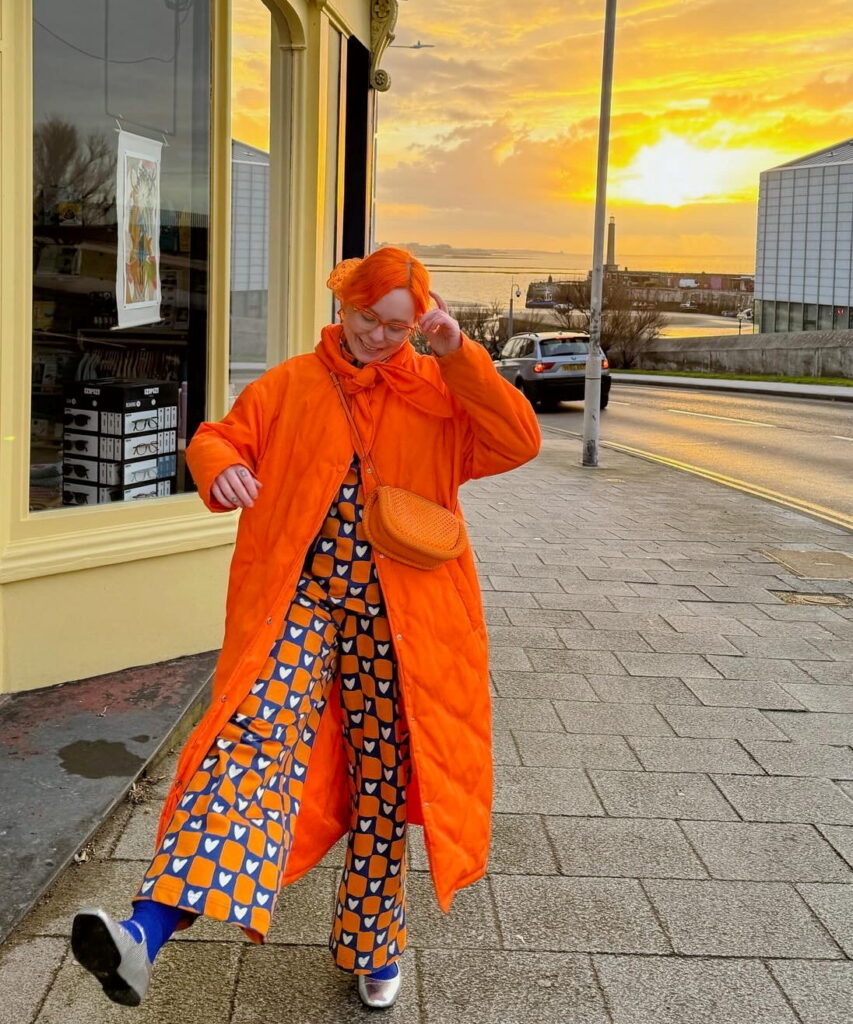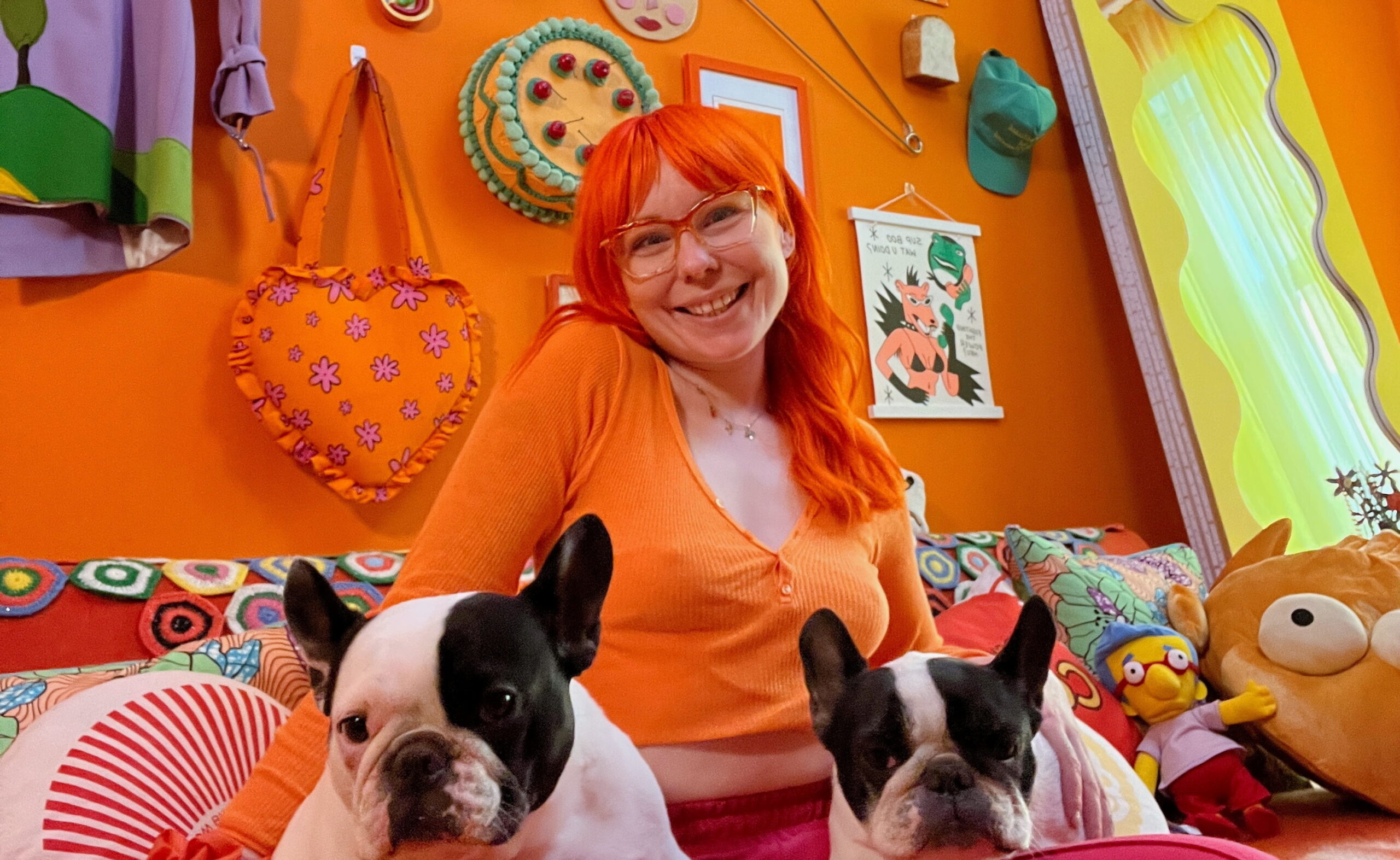Woman with paralysed stomach hasn't eaten anything for eight years
By Emma Dunn
A young woman with a paralysed stomach hasn't been able to eat or drink anything for eight years - and is fed through her heart to survive.
Liv Rose, 25, has struggled with stomach pain since the age of three but says doctors dismissed it as 'tummy ache'.
She struggled to eat anything other than bland foods - such as plain pasta or chicken.
Liv began vomiting undigested food but says her symptoms were dismissed for an eating disorder at first.
She was finally diagnosed with gastroparesis - when food passes through the stomach slower than it should - and pan-gut dysmotility - where the gut does not work as it should.
Now Liv has a Hickman line which goes directly into her heart so she can receive nutrition.
Liv, who is unable to work, from Chester, Cheshire, said: "I've had gastro pain since I was three and pain with eating.
"I had to fight to get diagnosed.
"My parents were made to feel they were overbearing.
"You don't realise how much life revolves around food until it's taken away from you."
Liv struggled with pain when eating from the age of three.
She said: "I went to the doctors frequently but I was dismissed.
"They said 'kids get tummy ache'.
"As I grew the pain got worse."
Liv's health deteriorated further when she was 17.
She said: "I was living off bland foods.
"Rich foods are more painful.
"I ate plain foods like pasta without sauce and pain chicken."
Liv's symptoms worsened when she suddenly started vomiting 2017 at the age of 17.
She said: "It happened out of the blue."
Liv went from vomiting once a week to once a day to throwing up every time she tried to eat.
She said: "Anything I ate always came back up.
"It came back up undigested.
"We went to the GP and they automatically said 'you're doing it to yourself'.
"I was desperate to eat.
"I had to go to an eating disorder unit. I spent all day at a unit being assessed before they realised I was showing no signs of an eating disorder."
Liv was then monitored and underwent a gastric emptying study before she was diagnosed with gastroparesis in March 2017.
She was fitted with a nasal feeding tube and given different treatments to try and ease her symptoms.
Liv had Botox injected into her stomach to try and hold the sphincter in place - to help the food pass through.
But doctors realised Liv also had an issue with her stomach and following tests on her gut she was diagnosed with pan-gut dysmotility at the end of 2017 - aged 18.
As Liv was still malnourished and wasn't maintaining weight, she was put on a Hickman line so she could be fed directly through her heart in January 2018.
Liv has to clean the line carefully and regularly - as there is a high rick of blood infections such as sepsis.
The line also puts pressure on her kidney and liver.
She said: "It's a very scary way to be fed.
"My weight is stable. My nutrition is stable.
"I have a lot more energy. My quality of life has improved."
Liv has her bloods taken every two weeks and had to adjust to not being able to eat and enjoy the taste of food anymore.
She said: "When I could eat I still got to enjoy the taste of food.
"It's difficult to go to not being able to eat.
"Food is such a big part of life. It's an experience.
"I won't stay in the room when my family are eating.
"I miss ice cream. I miss pizza - just fun foods."
Liv was also diagnosed with nutcracker syndrome - a rare vein compression disorder - in 2021 which doctors believe may be contributing to some of her gastro pain.
Liv underwent surgery in the same year as one of her veins was being compressed and she had it taken out and replaced with a prosthetic vein.
Liv also has visceral neuropathy - which doctors are now investigating to see if it is causing her gut issues.
She said: "I'm able to get up and walk the dogs.
"I'm able to spend time with my family.
"My family has been incredible."
Woman obsessed with orange - wears shades of it every day, has orange hair and flat
By Freddie Noble
Meet the woman obsessed to the colour orange - who wears shades of it every day, has orange hair and lives in an orange flat.
Sheri Scott, 37, has loved the colour for as long as she can remember - because it's "bright and colourful".
When she was 21, Sheri dyed her blonde hair so it was bright ginger - colouring it again two weeks later when it wasn't "orange enough".


Sheri's wardrobe is now filled with orange clothes - including jeans, tops and dresses.
In February 2020, Sheri moved into her two bed flat which she has decorated with different shades of orange. She has an orange walls, sofas, cupboards, radiators and drawers.
Sheri, a business strategist and content creator, from Glasgow, Scotland, said: "My entire wardrobe is completely orange.
"I've always been inspired by cartoons - so bright colours, shapes and textures. It has always been something that I've been drawn to.
"One of my biggest inspirations for my style is cartoons, so when I picture myself or picture in my head it is usually in cartoon form.
"I call my wardrobe the orange womb because they always say if you are creating a wardrobe space then it should be neutral so you can dress properly so my neutral is orange."
Sheri has loved the colour orange for as long as she can remember.
She said: "Cartoons have just always been a massive inspiration for me - whether it be aesthetically or personally and something that I can relate to.
"I love the energy of Miss Piggy, Inspector Gadget, Gonzo Style and Scooby Doo.
"I feel like cartoons bring a sense of fun."
Sheri believes wardrobes should be fun and loves 'dopamine dressing' - wearing colourful clothes to boost your mood.
Her wardrobe is filled with, orange socks, t-shirts, trousers, and dresses.
She said: "I don't have one piece of black clothing in my wardrobe and has had one black dress but it had lime accents on it.
"If I wear black, I feel like an imposter.
"I feel it's really important to me the way I feel in my clothes and how I've taken myself to the world is really important or my self expression."
After moving into her flat in February 2020, Sheri is still working on transforming the house into her orange oasis.
Sheri said: "It brings me a load of joy - it's self expression really.
"I can't draw and I'm not a musician so it's the way I can express myself and just enjoy the art of play."
In Sheri's house you can find:
- Orange radiator
- Orange teddy bears
- Orange wardrobe
- Orange drawers
- Orange painting
- Orange sofa
- Orange pillows
Near-Earth asteroid traced to huge crater on Moon
By Dean Murray
A near-Earth asteroid has been traced to a huge crater on the Moon.
Space rock 2016 HO3, also known as Kamo'oalewa, is thought to have been blasted off the lunar surface, leaving the 14-mile-wide Giordano Bruno crater on the moon's far side.
A new study suggests the asteroid is unlike other relatively close asteroids, which are thought to hail from the main asteroid belt between the orbits of Mars and Jupiter.
The find also marks the first time scientists have traced an asteroid to its exact place of origin.
The study published in the journal Nature Astronomy says Kamo'oalewa, which has a similar orbit around the Sun as Earth, has been hurtling through space for several million years.
Selected as the target of China’s Tianwen-2 mission, Kamo'oalewa measures between 150 and 190 feet in diameter, making about half the size of the "London Eye" ferris wheel.
According to lead study author Yifei Jiao, a visting scholar at the University of Arizona Lunar and Planetary Laboratory, the report is the first account of a potentially hazardous near-Earth asteroid that has been linked to a specific crater on the moon.
To shed light on the mystery, the research team used impact and dynamical modeling. According to the simulations, it would have required an impactor of at least 1 kilometer (0.6 mile) in diameter to launch a large fragment like Kamo'oalewa beyond the moon's gravitational pull.
While the lunar surface is riddled with thousands of craters from impacts spanning the moon's 4.5 billion year-history, only Giordano Bruno with its 14-mile diameter and estimated 4 million years of age fits the bill in terms of size and age, making it the most probable source of Kamo'oalewa's origin.
Erik Asphaug, co-author and Lunar and Planetary Laboratory professor, says: "This was a surprise, and many were skeptical that it could come from the moon.
"For 50 years we have been studying rocks collected by astronauts on the surface of the moon, as well as hundreds of small lunar meteorites that were ejected randomly by asteroid impacts from all over the moon that ended up on Earth. Kamo'oalewa is kind of a missing link that connects the two."
According to Asphaug, the model provides more than just an explanation for the origin story of one particular asteroid. How massive rocks can be ejected from the surface of a planet and survive intact can be informative for fundamental questions, such as the origin of life in the universe.
One such theory, known as panspermia, suggests that life – or its ingredients – could have been brought to planetary bodies from other sources across space, in the form of "organic hitchhikers" coming along for the ride, Asphaug explained.
"While Kamo'oalewa comes from a lifeless planet, it demonstrates how rocks ejected from Mars could carry life – at least in principle," he said.





